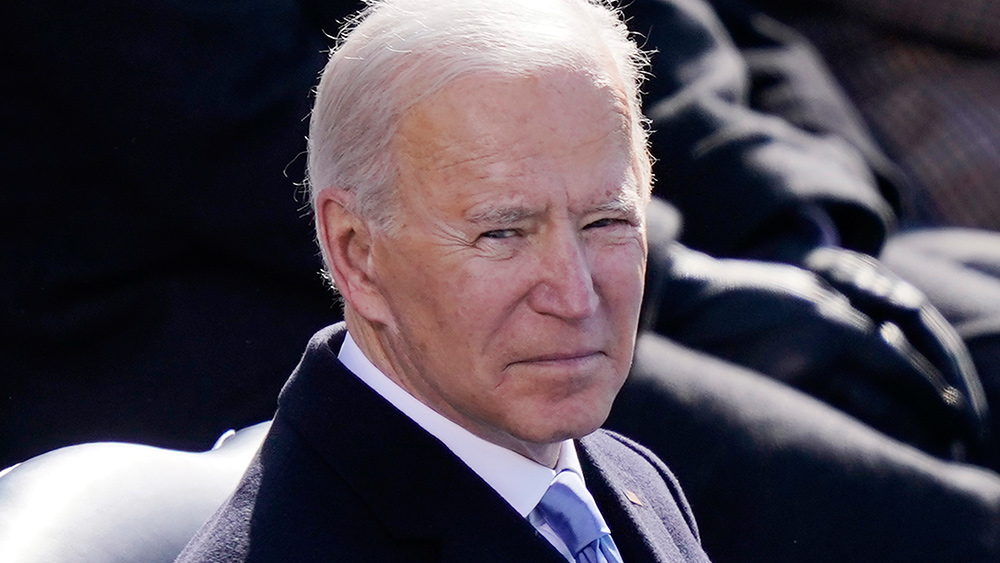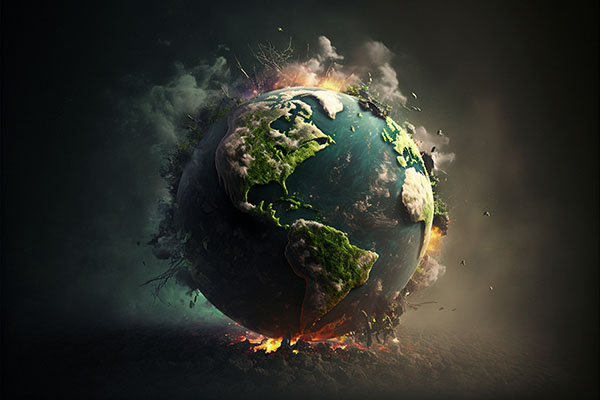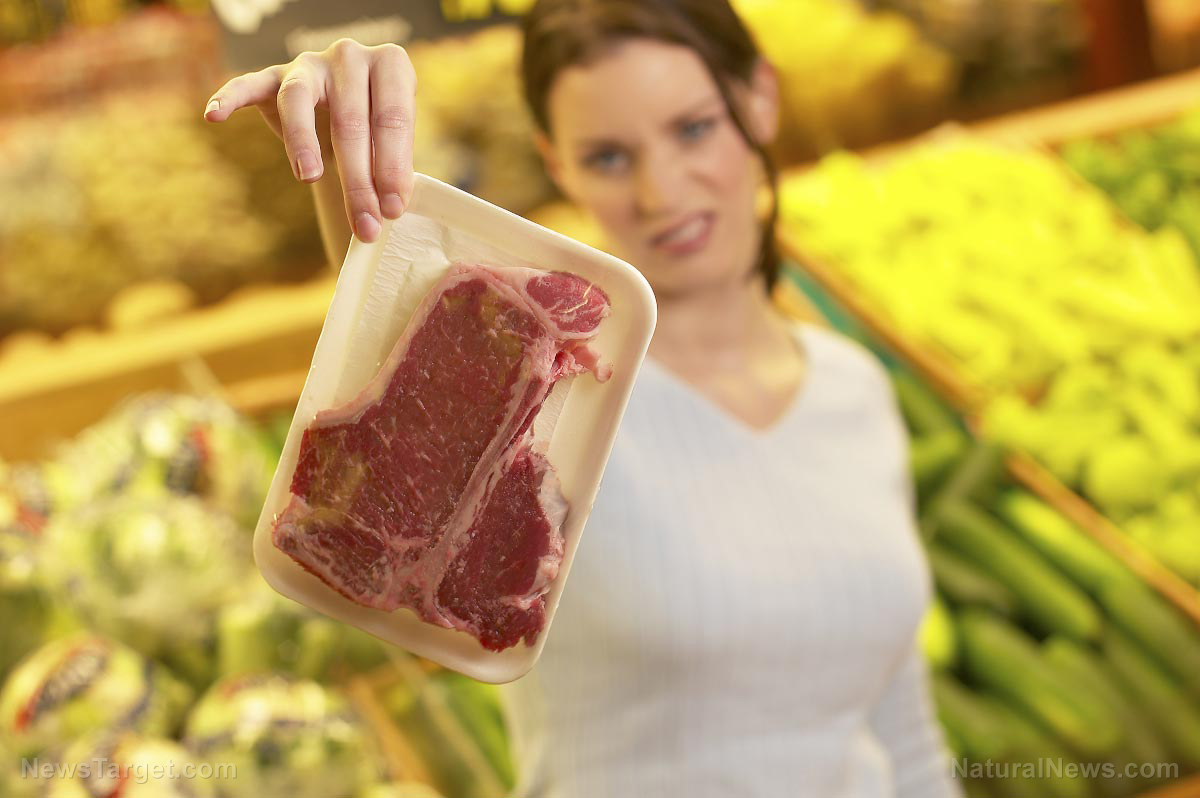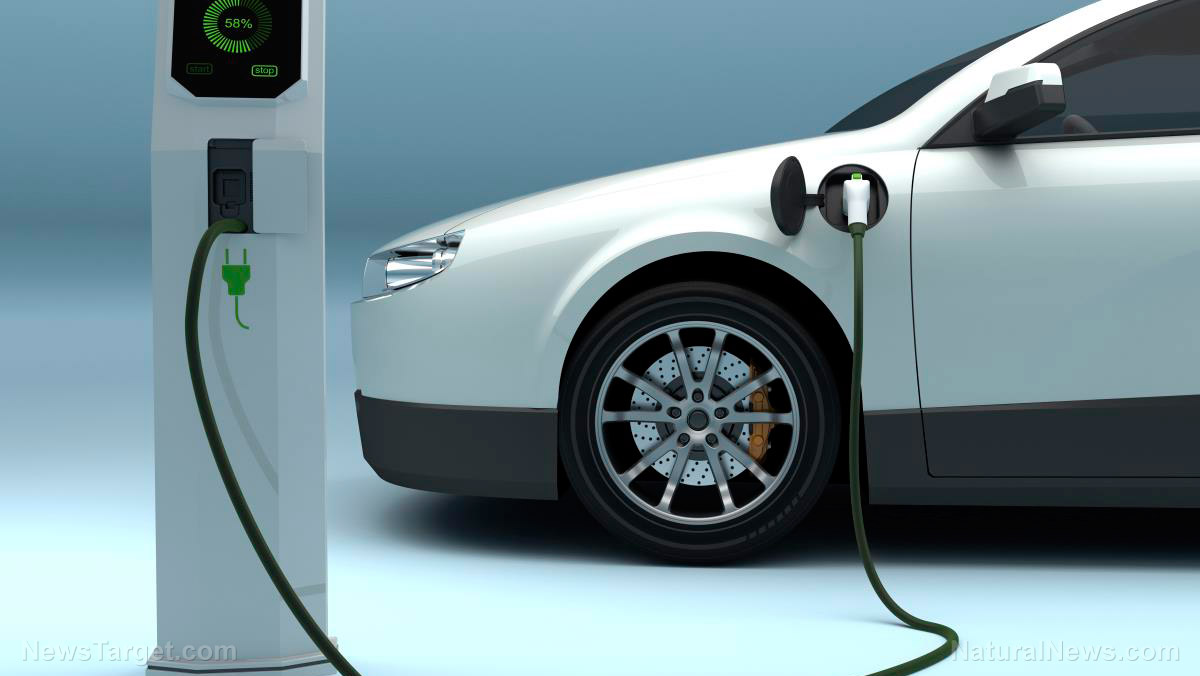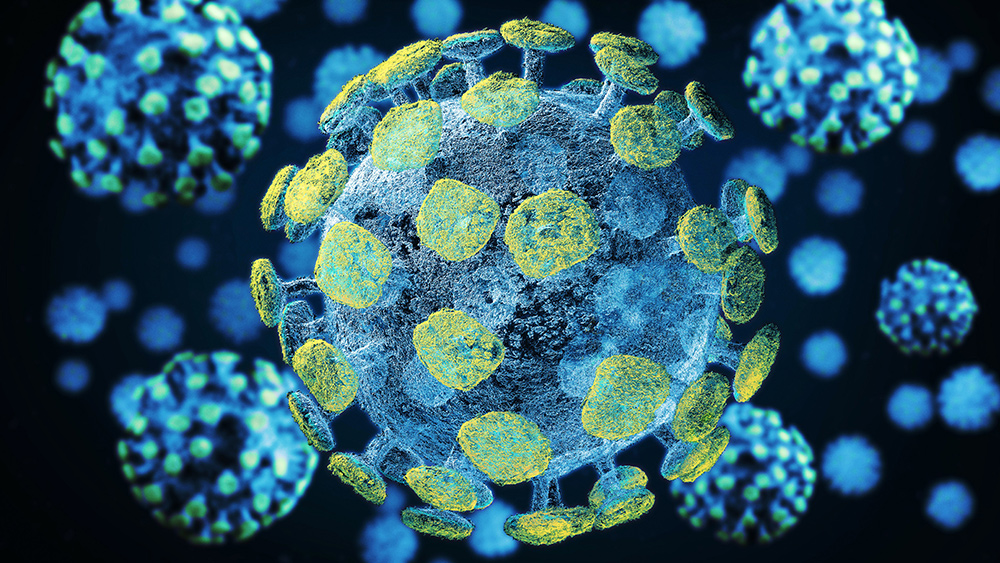
The effect of UV light on the coronavirus
Back in May, a team from the National Biodefense Analysis and Countermeasures Center (NABCC), a laboratory in Maryland operated by the Department of Homeland Security, looked at how UV radiation affects the persistence of SARS-CoV-2 -- the formal name of the virus behind COVID-19 -- on surfaces, particularly outdoors. At the time, multiple studies had reported finding SARS-CoV-2 genetic material on surfaces in patient rooms and hospital wards. Reports also emerged claiming that under certain conditions, the virus could last on nonporous objects for several days.
However, the NABCC researchers noted that all these investigations only considered indoor conditions; hence, scientists knew nothing about the virus's behavior outdoors. But according to existing studies on other viruses, including SARS-CoV-1 -- the virus responsible for severe acute respiratory syndrome (SARS) and a close genetic relative of SARS-CoV-2 -- the survival of these pathogens in the environment depends on several factors, such as temperature, humidity, sunlight and the matrix in which they are suspended.

To understand how sunlight, in particular, affects the viability of viruses, the NABCC researchers simulated sunlight by irradiating stainless steel coupons (for cleaning validation) contaminated with dried SARS-CoV-2. The virus was suspended in either simulated saliva or culture media prior to drying. The researchers found that simulated sunlight (UVB) representative of the summer solstice inactivated 90 percent of the virus every 6.8 minutes in simulated saliva and every 14.3 minutes in culture media. Even at lower levels (representative of colder seasons), UVB also inactivated SARS-CoV-2, although at a much slower rate.
The researchers said that their study provides the first evidence of sunlight rapidly inactivating SARS-CoV-2 on surfaces. Their findings also suggest that the persistence of the coronavirus and the subsequent exposure risk vary significantly between indoor and outdoor environments, with natural sunlight showing great potential as a disinfectant for contaminated non-porous objects.
UV radiation from sunlight can minimize coronavirus spread
The seasonality of COVID-19 is an unexplored topic that has piqued scientific interest in recent months. With many countries around the globe still struggling with rising COVID-19 cases, researchers have realized that there's a need to understand how local environmental conditions influence the transmission of the coronavirus.
"Understanding the potential seasonality of COVID-19 transmission could help inform our response to the pandemic," said Jonathan Proctor, a researcher at Harvard University and one of the authors of the PNAS study.
Using a comprehensive global dataset of daily COVID-19 cases and local environmental conditions from 3,235 regions across 173 countries, Proctor and his team developed a statistical approach to quantify the effects of environmental variables, such as UV rays, temperature, humidity and precipitation, on SARS-CoV-2 transmission. They then applied their statistical model to synthetic data simulated by a standard model used to predict infected numbers to track how environmentally driven changes in transmission affect the growth rate of COVID-19 within a particular population.
The researchers found that increased daily UV radiation lowers the cumulative daily growth rate of COVID-19 cases over the subsequent 2.5 weeks. This means that fluctuations in UV levels affect the occurrence of new COVID-19 cases up to two weeks later. They also found that changes in UV between winter and summer decreased the growth rate of COVID-19 across the Northern Hemisphere, suggesting an inverse correlation between UV levels in the environment and coronavirus transmission. The researchers noted that these findings give credence to earlier reports of UV radiation inactivating SARS-CoV-2 on surfaces or in aerosol form.
On the other hand, the researchers found the cumulative effects of temperature and humidity to be statistically insignificant. But compared with social distancing policies, they found the effect of climate on viral transmission to be modest. For instance, in the extratropical regions in the Southern and Northern Hemispheres, the influence of preventive measures implemented early in the pandemic was three to six times larger than the influence of UV seasonality. The latter's effect on the growth rate of COVID-19 was even more pronounced in the tropics due to minimal seasonality. (Related: This germicidal UV light can safely inactivate airborne coronavirus, study finds.)
"There's still so much that we don't know about how environmental factors both directly and indirectly, [through] human behavior, influence the spread of the virus," said Peter Huybers, a climate scientist and one of the authors of the study. "But a better understanding of the environmental influences on COVID-19 could allow for seasonal adjustment of containment policies." Huybers and his colleagues are poised to conduct further analysis.
Visit Pandemic.news for more updates on ongoing coronavirus research.
Sources include:
Please contact us for more information.















